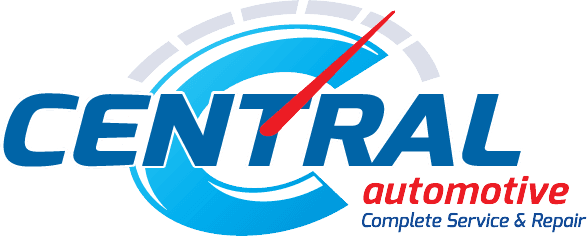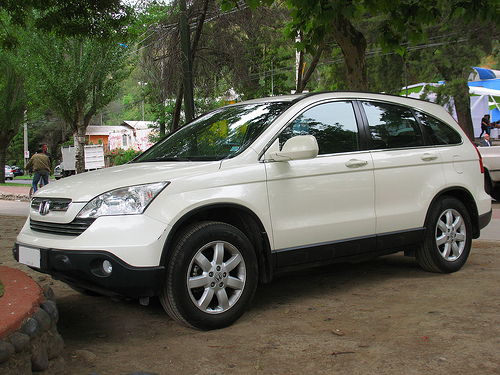With car dealers practically giving away vehicles — or so they make it seem until you read the fine print, and let’s be honest, most of us don’t — and car and truck buyers getting approved for low and even no-interest car loans, a shiny new set of wheels might look tempting these days. However, just like that questionable TV that goes on sale for $80, it’s a purchase that isn’t for everyone.
Should you ever buy a brand new car? The short answer is NO. Surprised? We’ll explain. There are times when buying a newer car becomes a necessity, but you should always buy something at least four years old. There are also money-saving motives for hanging on to an older car a little longer. Here are five reasons why you might want to rethink making that drive to the car dealership.
1) It used to be that once a car hit 100,000 miles, it was destined for the junkyard. These days, 100,000 miles is merely the quarter point for a lot of vehicles. That’s because many of the cars that rolled off the assembly lines in the past 10 years were designed to last much longer than the older cars from the 70s and the 80s. For us at Central Ave Automotive, it’s not uncommon to see cars with 150,000, 200,000, or even 300,000 miles come into our shop that are still running great.
Even economy brands such as Hyundai, Kia, and Suzuki have much better quality than they did 10 years ago and are still in good shape even at the 100,000-mile mark. It all comes down to car maintenance. If the owner follows the manufacturer’s maintenance schedule, a vehicle can survive well into the 100,000 mile range. If you don’t do the maintenance, you’re going to pay for it either in repairs or by having to buy a new car.
2) The size of the monthly payment might be the first thing people consider when buying a new car. Even so, they always overlook a whole other set of expenses that are seldom considered when buying a car, such as auto insurance and taxes. Car insurance is based in part on the value of the vehicle. Newer cars will cost more to insure because they have more value and cost more to repair if they are in an accident. Gas prices are another consideration, especially if you’re looking at a new car that calls for premium gasoline. Then there are the taxes and fees associated with buying a car. People don’t realize that the fees to make the transaction are going to be expensive in Washington — the purchasing process alone can set you back more than $1,000 on a $10,000 car. King County’s sales tax on a $10,000 car is 9.5 percent, which comes out to $950.
3) Depreciation is one of the biggest expenses of owning a car. On average, a car loses 15-25% of its value each year for the first five years. When you step into a new car, it’s almost like you buy new depreciation. Even with the occasionally steep repair bill, you’re usually better off keeping an older vehicle if it’s paid off. Once a car is 5 to 7 years old, it’s lost most of the value it’s going to lose. So, as long as you’re getting reliable transportation out of it and performing the maintenance, it’s a good idea to keep that car for as long as possible.
You have to factor in realistic cost. If you’re paying $300-$400 per month on repairs on a car that’s paid off, you’re still only paying about half as much as you would for a payment on a new economy SUV, and that’s not even counting the increased insurance and other fees associated with the new car. A good gauge to decide whether you should keep the car is when the car repairs reach 100% of value of the car, it’s time to move on, but a running car is always worth something.
4) It depends on the type of car you drive. Of the cars Central Avenue Automotive sees, European imports tend to be the most expensive to maintain, costing more than American and Japanese cars typically do. Some cars are simply built better than others. Japanese cars are usually the most reliable and the least expensive to fix. If it’s a Honda Accord or Toyota Camry with 100,000 miles or so, the car is just being broken in. If it’s a Ford Taurus, it’s probably used up half its life.
5) If you’re planning to buy a new house or refinance the one you have, adding a car loan to your debt load will lower your borrowing abilities. Jumping to get that tempting car loan could price you out of the house you want or the interest rate you hope to get on a refinance. Interest rates on a mortgage or refinance are based not only on your credit score, but also on your debt obligations. Lenders these days are a lot more cautious. If you’ve just taken out a car loan, the bank may not be too keen on giving you an even bigger loan. Even at a 5% interest rate, that new 2016 Chevy Tahoe comes in at a whopping $73,000. If you put $5,000 down on this vehicle and finance it at 5%, this equals payments of over $1,200 a month for 72 months, and when it’s all over, you will have spent $87,278.40. If you want to lower your payment and extend the schedule to 84 months, which appears tempting in the short term, you would actually end up with an overall vehicle cost of $89,362.56, not including the cost of insurance.
As you can see, there are a lot of reasons to stick to your older, reliable vehicle rather than buying a shiny new one. For more information about maintaining your high-mileage or older car, give us a call or make an appointment online!







